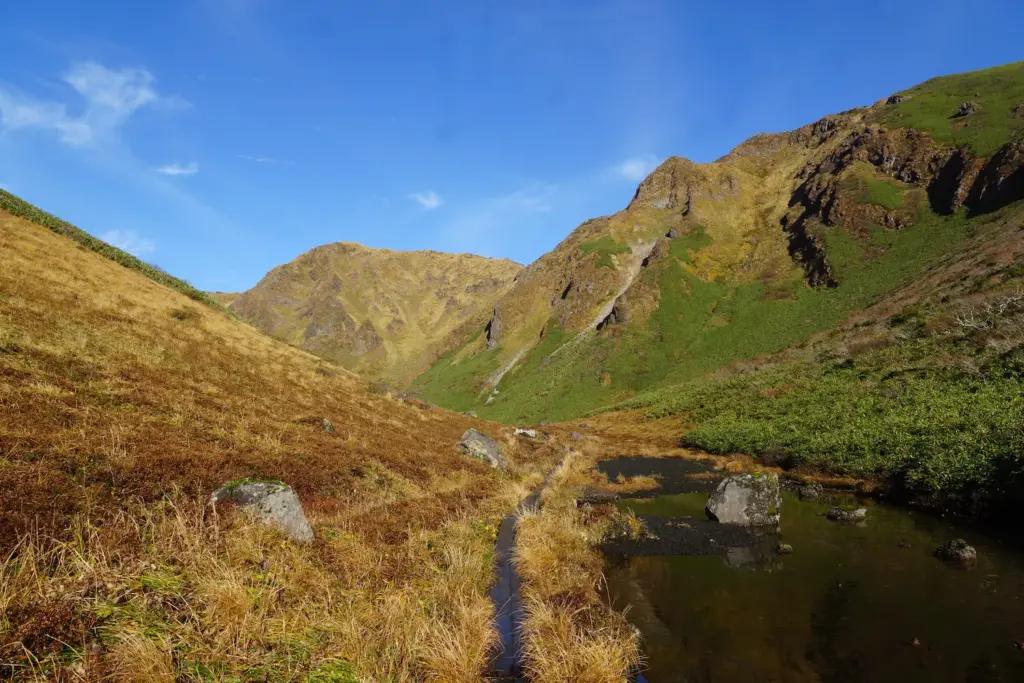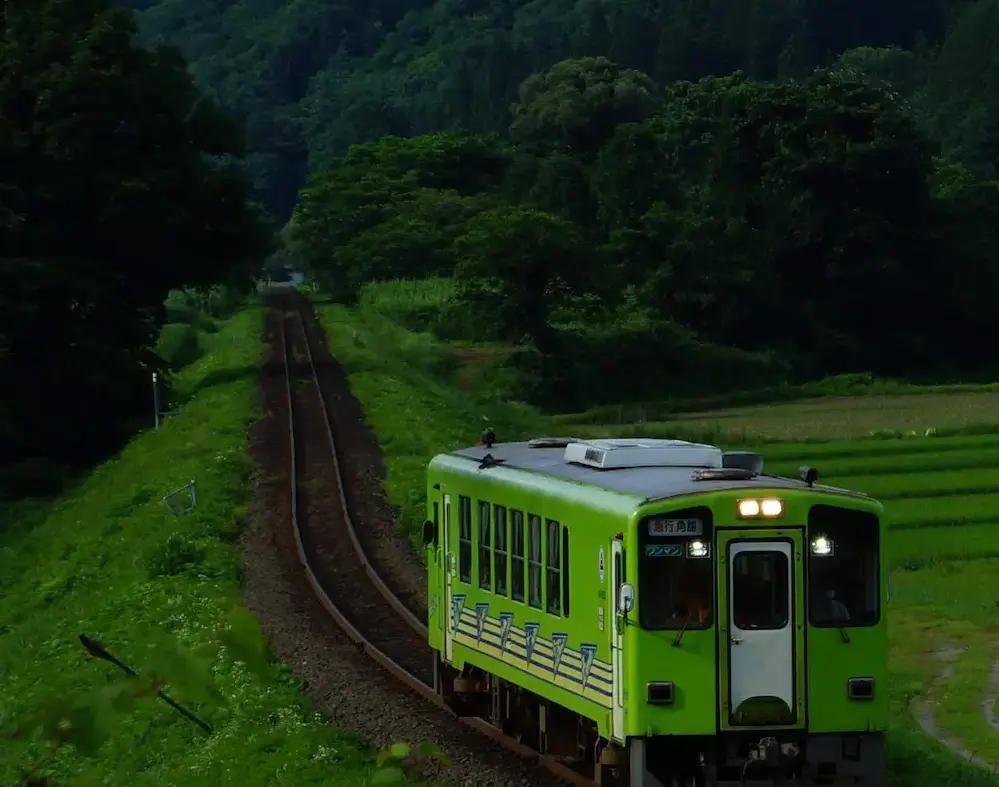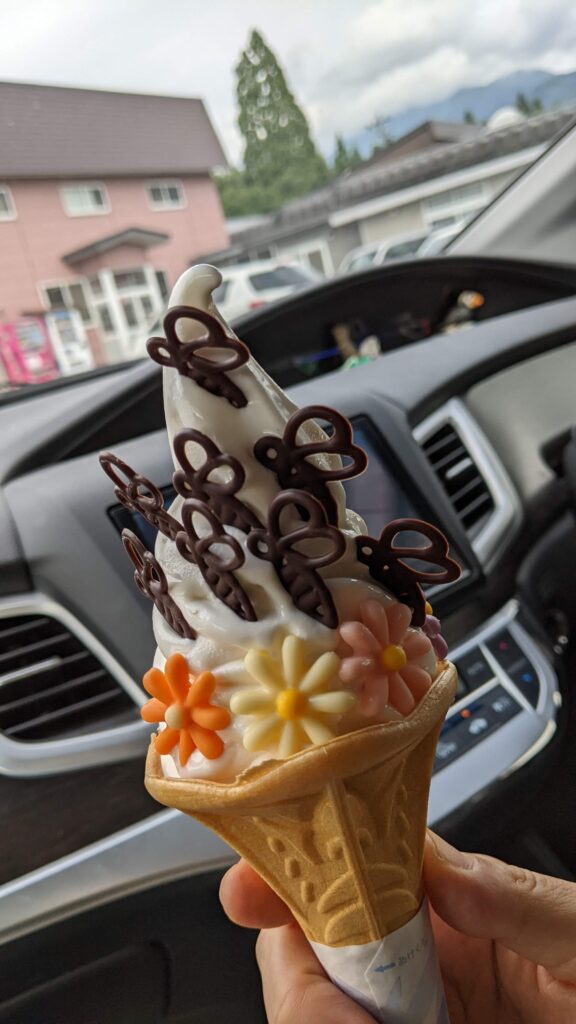What Is Kakunodate? A Samurai Town Frozen in Time
The History of Kakunodate: From Samurai Roots to Modern Tourism
Founded in the early 17th century as a castle town under the Satake clan, Kakunodate has preserved its samurai heritage for over 400 years. Strolling through its streets, visitors can still sense the lifestyle and values of the warrior class, from well-preserved samurai residences to wooden gates and gardens that whisper stories of Japan’s feudal past.
What Makes It the “Little Kyoto of Tohoku”?
Kakunodate is often called the “Little Kyoto of Tohoku” because of its elegant streets lined with weeping cherry trees. Each spring, nearly 400 shidarezakura (weeping cherry blossoms) envelop the town in soft pink. These trees are said to have originated from saplings brought from Kyoto by the wife of Satake Yoshinobu’s descendant over 300 years ago. Today, they remain one of Japan’s most enchanting cherry blossom spots.
![sakura_L]](https://japan-109th-trip.com/wp-content/uploads/2025/08/sakura_L.webp)
Things to Do in Kakunodate
Samurai Streets Preserved for 400 Years
The historic streets of Kakunodate were laid out around 1620, and remarkably, they still retain their samurai-era atmosphere. Walking here feels like stepping into the Edo period, with authentic residences that reflect a way of life from centuries ago. In spring, these samurai streets are framed by rows of weeping cherry blossoms—creating a magical landscape that has earned Kakunodate a place among the 100 Best Cherry Blossom Spots in Japan.
Mt. Akita-Komagatake: A Real-Life Moomin Valley

Mt. Akita-Komagatake, one of Japan’s “200 Famous Mountains,” is beloved by hikers for its picturesque landscapes. Especially famous is the so-called Moomin Valley, whose rolling meadows and colorful alpine flowers resemble scenes from a storybook. While buses can take you close to the summit, reaching the valley still requires about two hours of trekking. Be sure to bring proper shoes, snacks, and layers, as mountain conditions can be unpredictable.
🚍 Access: From Tazawako Station to the 8th Station Trailhead
The main starting point for climbing Mt. Akita-Komagatake is the 8th Station Trailhead (Hachigōme Parking Lot), which you can reach from JR Tazawako Station by bus or car.
- By Bus (Recommended)
During the summer hiking season (June to early October), a direct bus runs from JR Tazawako Station to the 8th Station Trailhead.
- Travel time: approx. 60 minutes
- Fare: around 1,000 JPY one-way - By Car
It takes about 40 minutes from Tazawako Station by car. However, note that during the peak season (especially summer weekends and holidays), private cars are restricted. In such cases, you must park at a designated lot and transfer to a shuttle bus.
Since bus timetables and fares may change each year, please check the latest information before your visit:
👉 Semboku City Official Tourism Website (Access Information)
Scenic Walks Along the Akita Nairiku Line

The Akita Nairiku Line, starting from Kakunodate, is a local train that weaves through the mountains of northern Akita. The journey is scenic, passing villages once home to matagi—traditional hunters of northern Japan. Along the way, travelers can visit museums or even stay at lodges operated by active matagi, making it a unique way to experience rural culture.
Local Food to Try in and Around Kakunodate
Shokudo Inaho: Akita Ingredients Served with Heart
Located in central Kakunodate, Shokudo Inaho specializes in Akita’s local flavors. Its signature menu is the “Gakko Kaiseki,” a tasting set that highlights regional specialties like iburigakko (smoked pickled daikon) and Hinai chicken. Perfect for travelers who want to experience a wide variety of local dishes without a long meal.
Recommended Menu:
- Gakko Kaiseki (Pickle Kaiseki) – a set meal featuring Iburigakko (smoked pickles), Hinai chicken egg dishes, and other seasonal Akita specialties.
- Perfect for travelers who want to sample many local flavors in a single meal.
🍴Visitors Information
Business Hours:
- 11:00 AM – 2:00 PM (Lunch)
- 5:00 PM – 9:00 PM (Dinner)
(Hours may vary by season or holidays)
Closed: Wednesdays
Access:
- 10 minutes on foot from JR Kakunodate Station (Akita Shinkansen & Akita Nairiku Line).
Contact / Official Info:
📞 +81-187-54-2311
🌐 Semboku City Official Tourism Website – Inaho Shokudo
Soft Cream with Local Honey at Yama no Hachimitsuya
At the foot of Mt. Komagatake lies Yama no Hachimitsuya, a specialty shop offering honey harvested locally and from around the world. The must-try treat is their honey soft cream—smooth ice cream with golden honey. For a playful twist, customers can roll dice to win extra toppings. On my visit, I rolled two sixes in a row, and my cone turned into a flower garden! A sweet way to add fun to your journey.
Store Information
- Address: In front of JR Tazawako Station, Semboku, Akita, Japan
- Hours: 9:00 AM – 5:00 PM (may vary by season)
- Closed: Open daily (check website for holidays)
- Access: Directly outside JR Tazawako Station (Akita Shinkansen / Akita Nairiku Line)
- Official Website: Yama no Hachimitsuya

Tips: If you don’t have a rental car, visiting the Tazawako Station branch of Yama no Hachimitsuya is a convenient option.
How to Get to Kakunodate
By Shinkansen: Fast and Convenient

Kakunodate is easily accessible via the JR Akita Shinkansen Komachi. From Tokyo, the trip takes about three hours, while from Sendai it takes about 1 hour and 40 minutes. The station is centrally located, making it simple to start exploring right away.
By Car: A Scenic Tohoku Road Trip
For those who prefer flexibility, renting a car offers the chance to enjoy the beautiful rural landscapes of Akita. The drive from Sendai takes about 3.5 hours, with opportunities to stop at hidden villages and natural spots along the way.
Getting Around Town: Walk, Cycle, or Take a Local Bus
Kakunodate’s samurai district is compact enough to explore on foot, but bicycle rentals and small local buses are also available for visiting nearby attractions like Lake Tazawa or Nyuto Onsen.
Tips for International Travelers
When to Visit: Best Seasons & Crowds
- Spring (late April–early May): Famous cherry blossoms, but also peak season—expect heavy crowds and limited accommodation.
- Summer (July–August): Lush greenery and the Kakunodate Festival. However, avoid August 3–6 if possible, as Akita’s Kanto Festival makes hotels across the region scarce.
- Autumn (mid-October–early November): Stunning fall foliage, especially in the Moomin Valley. Bring warm layers, as mountain areas can be chilly.
- Winter (December–February): Samurai streets covered in snow create a magical atmosphere, but be prepared for winter travel conditions.
Travel Etiquette in Samurai Towns
- Do not enter private property: Some samurai houses are still family residences. Always follow posted signs.
- Respect the cherry blossoms: Do not touch or break branches. The trees are part of the town’s cultural heritage and are carefully maintained for all to enjoy.
Note on the Akita Nairiku Line
The Akita Nairiku Line is not covered by the JR Pass. Instead, check for special passes available at Kakunodate Station that allow unlimited rides for a set period.
Prepare for Trekking in Moomin Valley
Although considered beginner-friendly, Mt. Komagatake still requires proper gear for the 2-hour hike to Moomin Valley. Wear trekking shoes or sturdy sneakers, and carry water and snacks.
Final Thoughts: Why Kakunodate Deserves a Spot on Your Japan Itinerary
Kakunodate is more than just the “Little Kyoto of Tohoku.” It’s a place where you can stroll samurai streets preserved for centuries, admire cherry blossoms unlike anywhere else, and taste regional dishes that carry the essence of Akita.
Unlike Tokyo or Kyoto, Kakunodate offers a slower, quieter experience where you can connect deeply with Japan’s traditions. Combined with scenic train rides and natural escapes, a visit here becomes not just a stop but a highlight of your journey.
If you’re searching for a side of Japan that few international travelers have discovered, Kakunodate should be on your itinerary. Step into this samurai town, and let its timeless charm leave you with memories to cherish.
